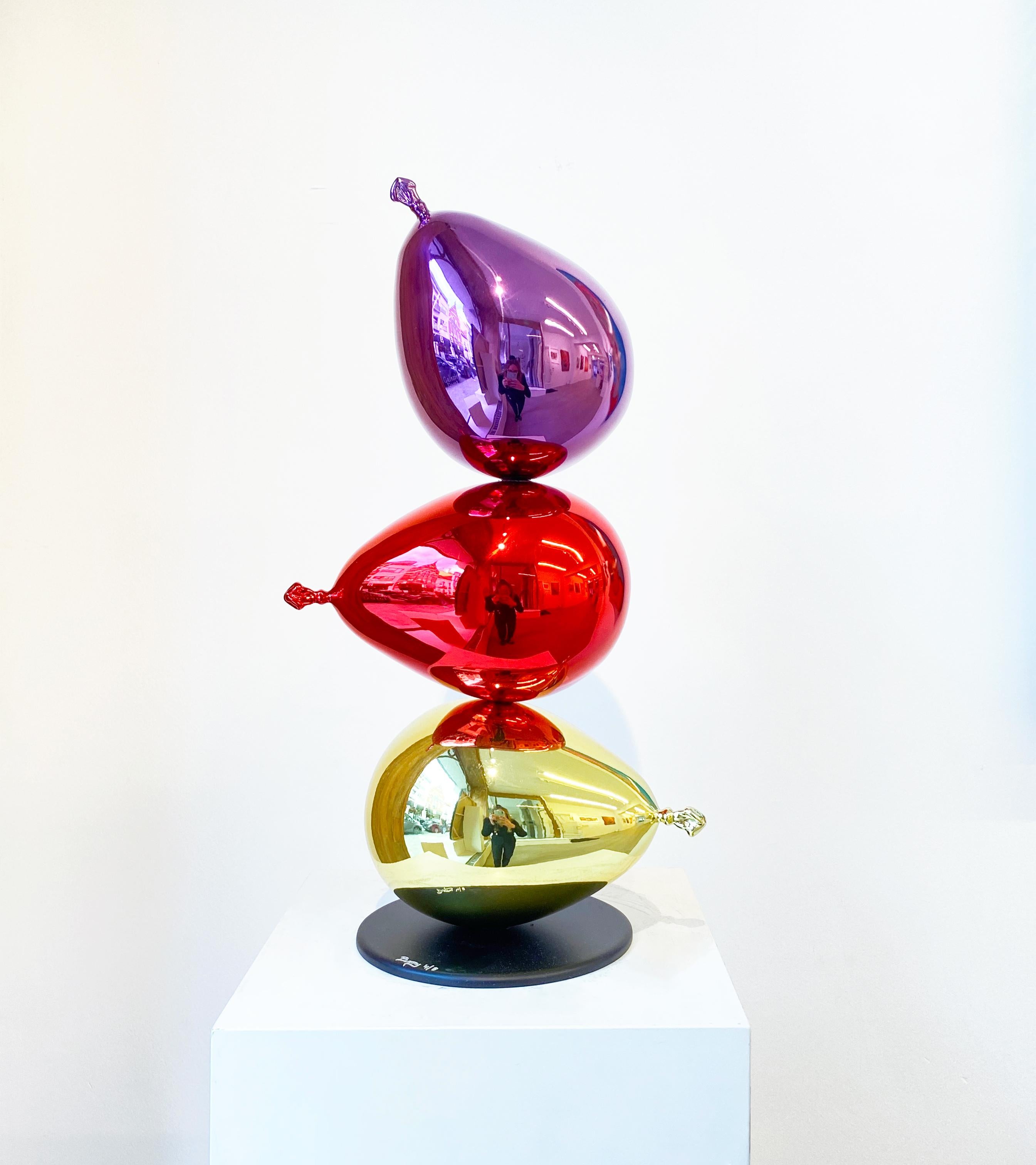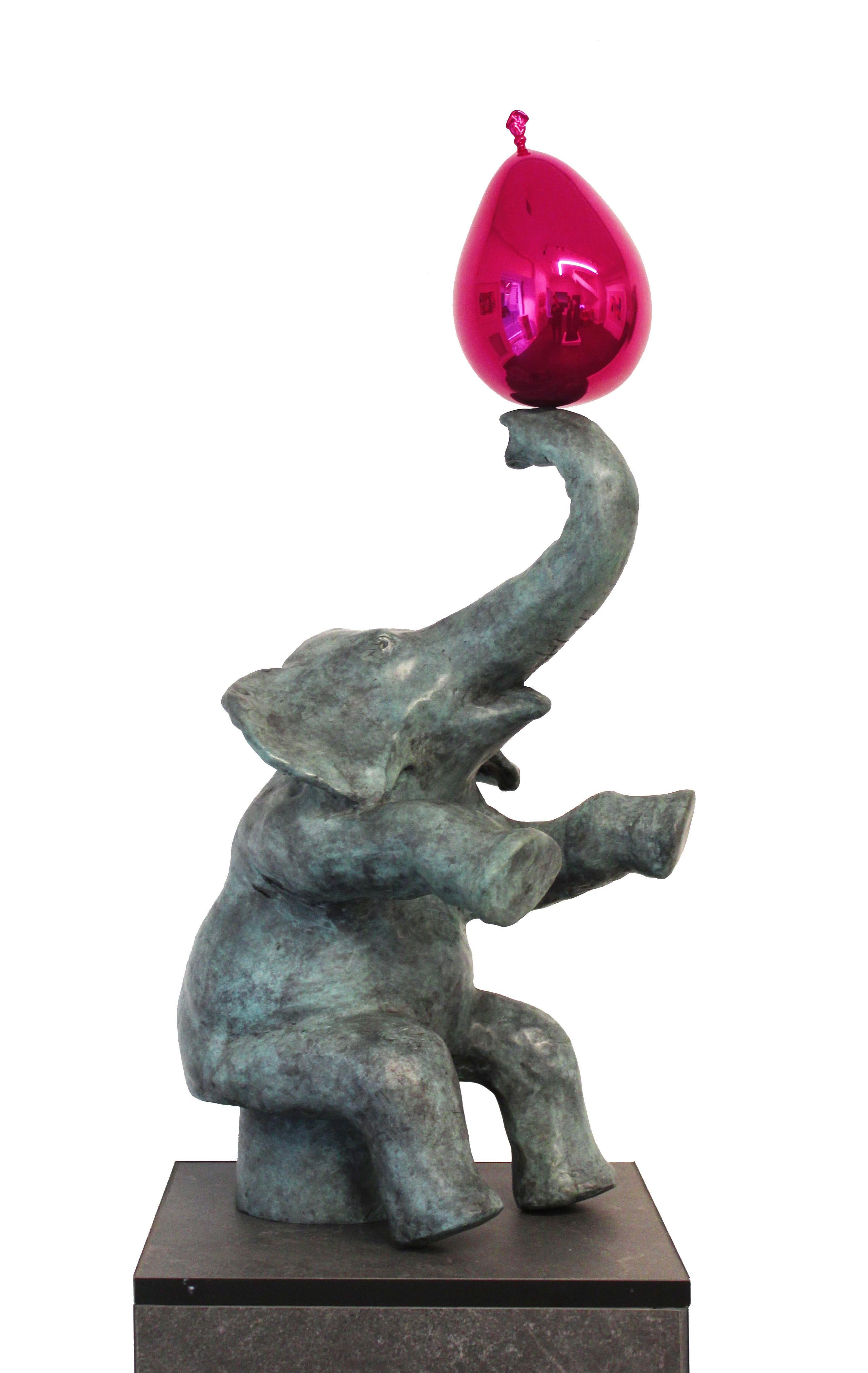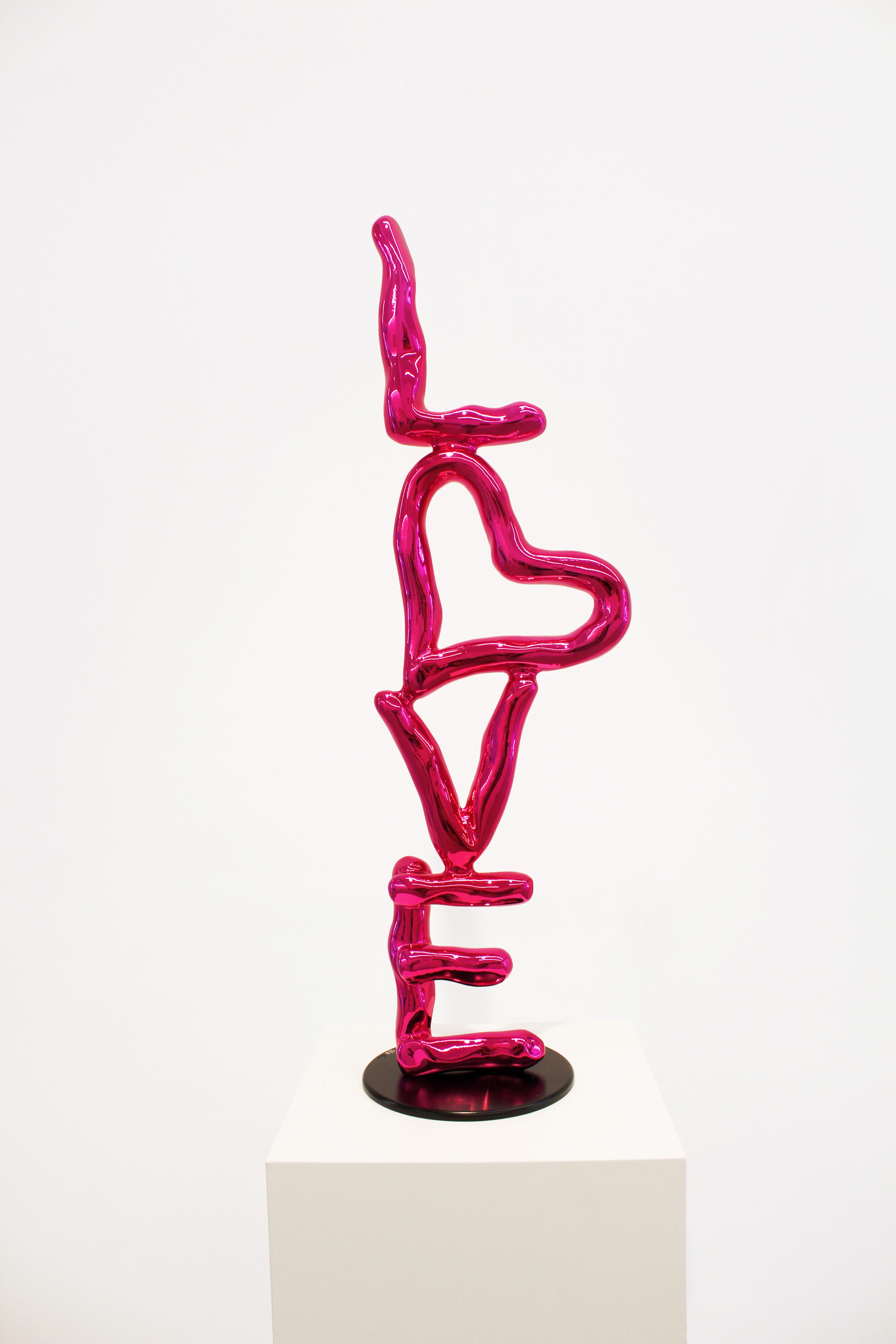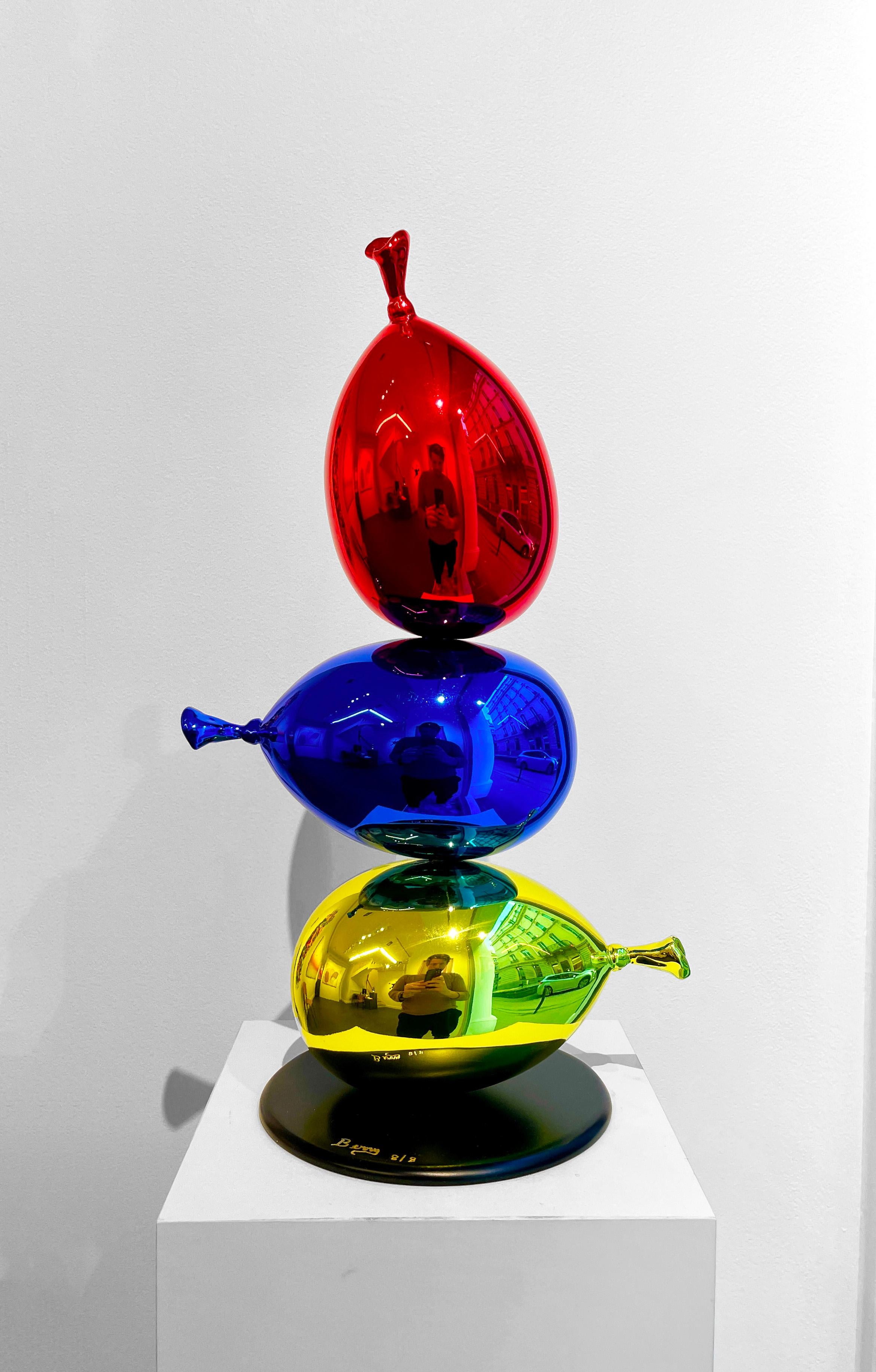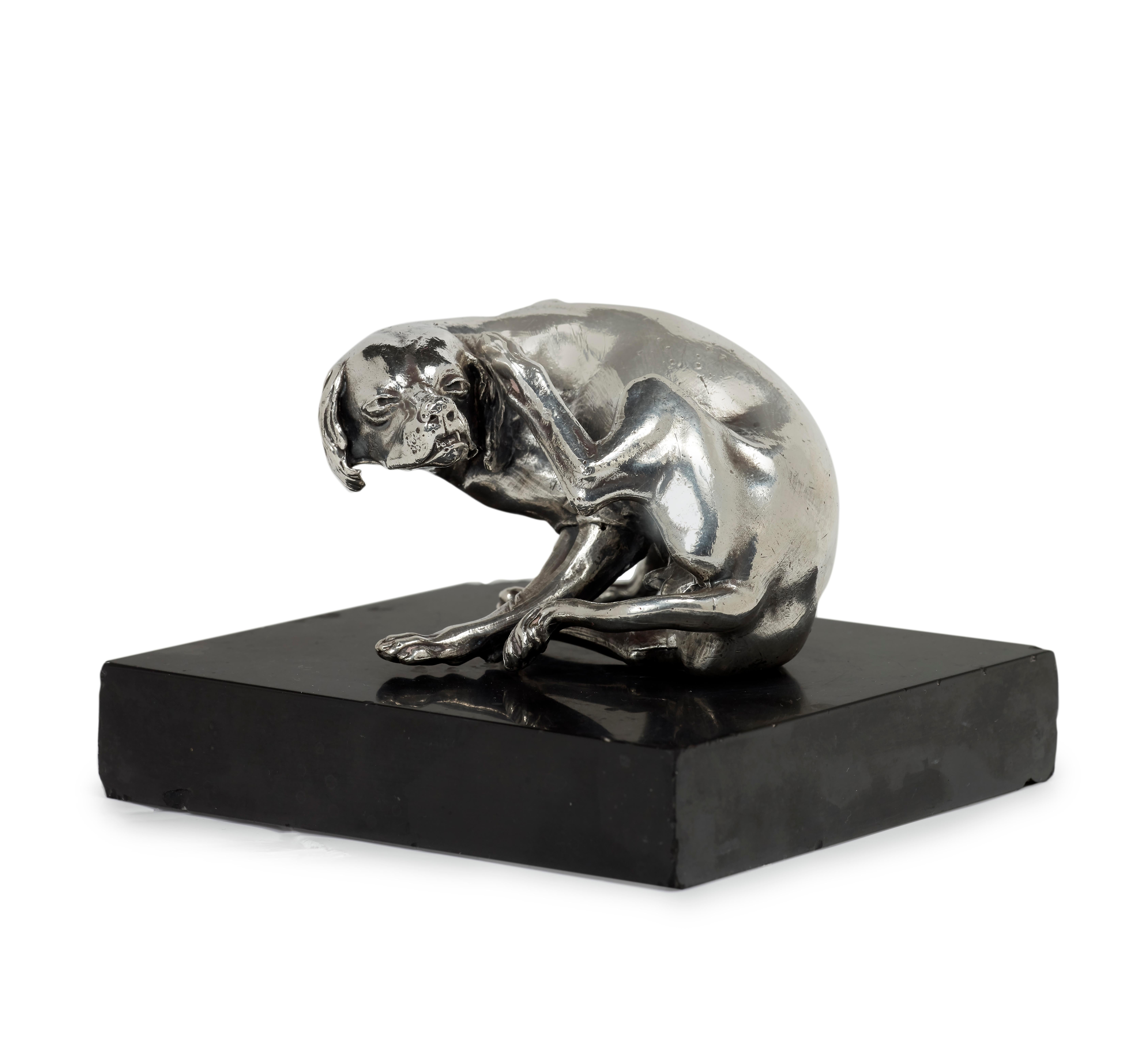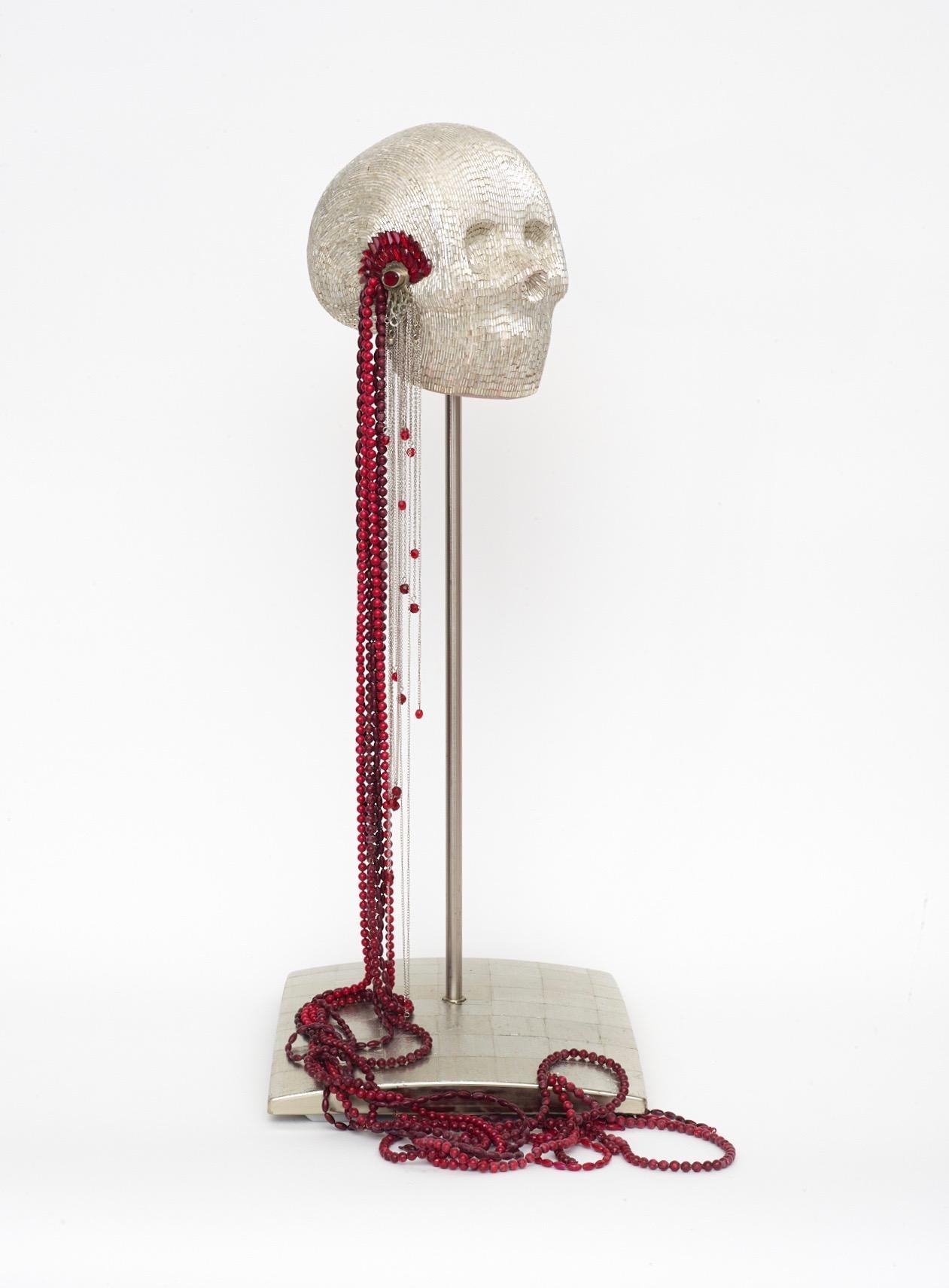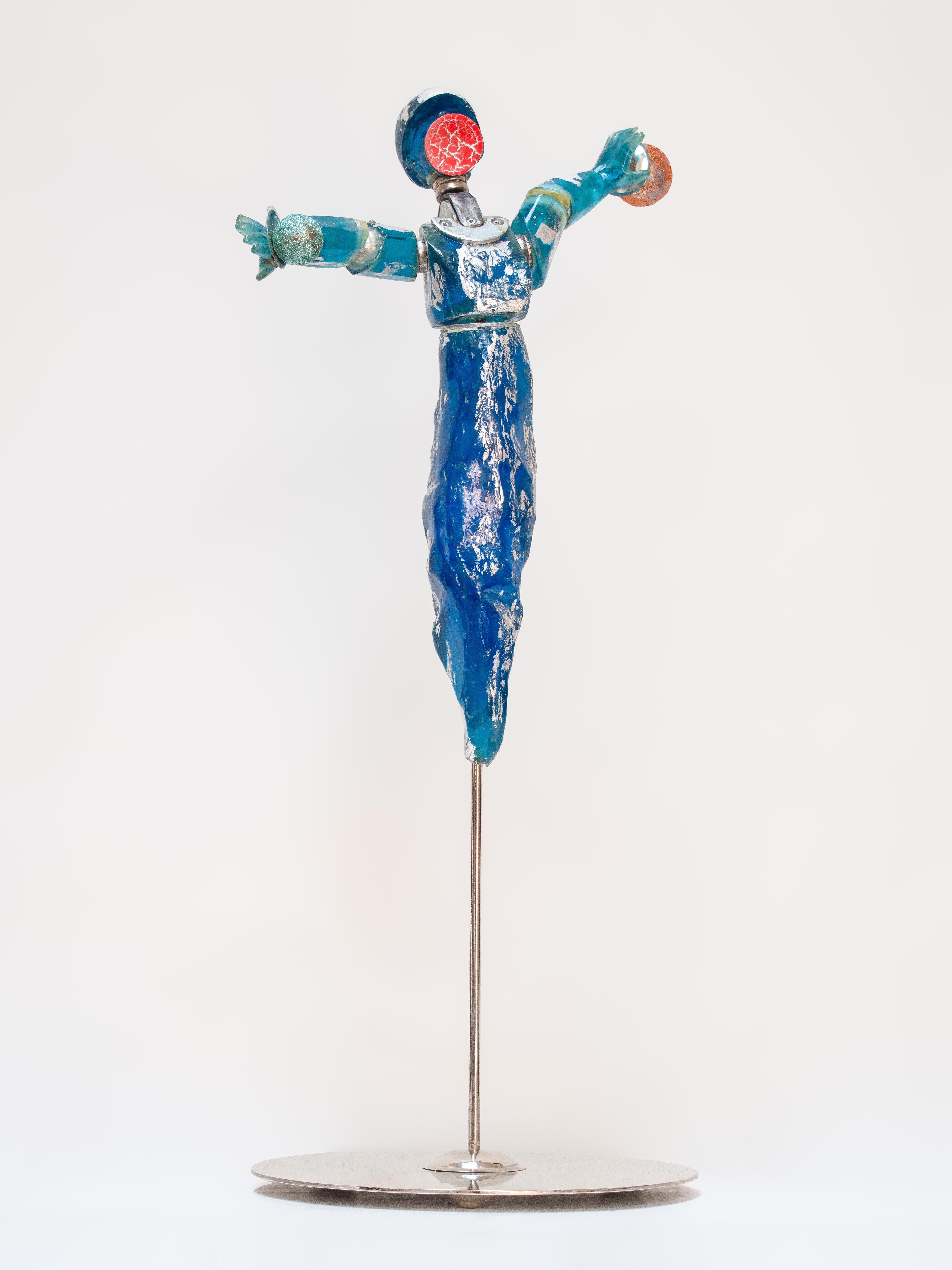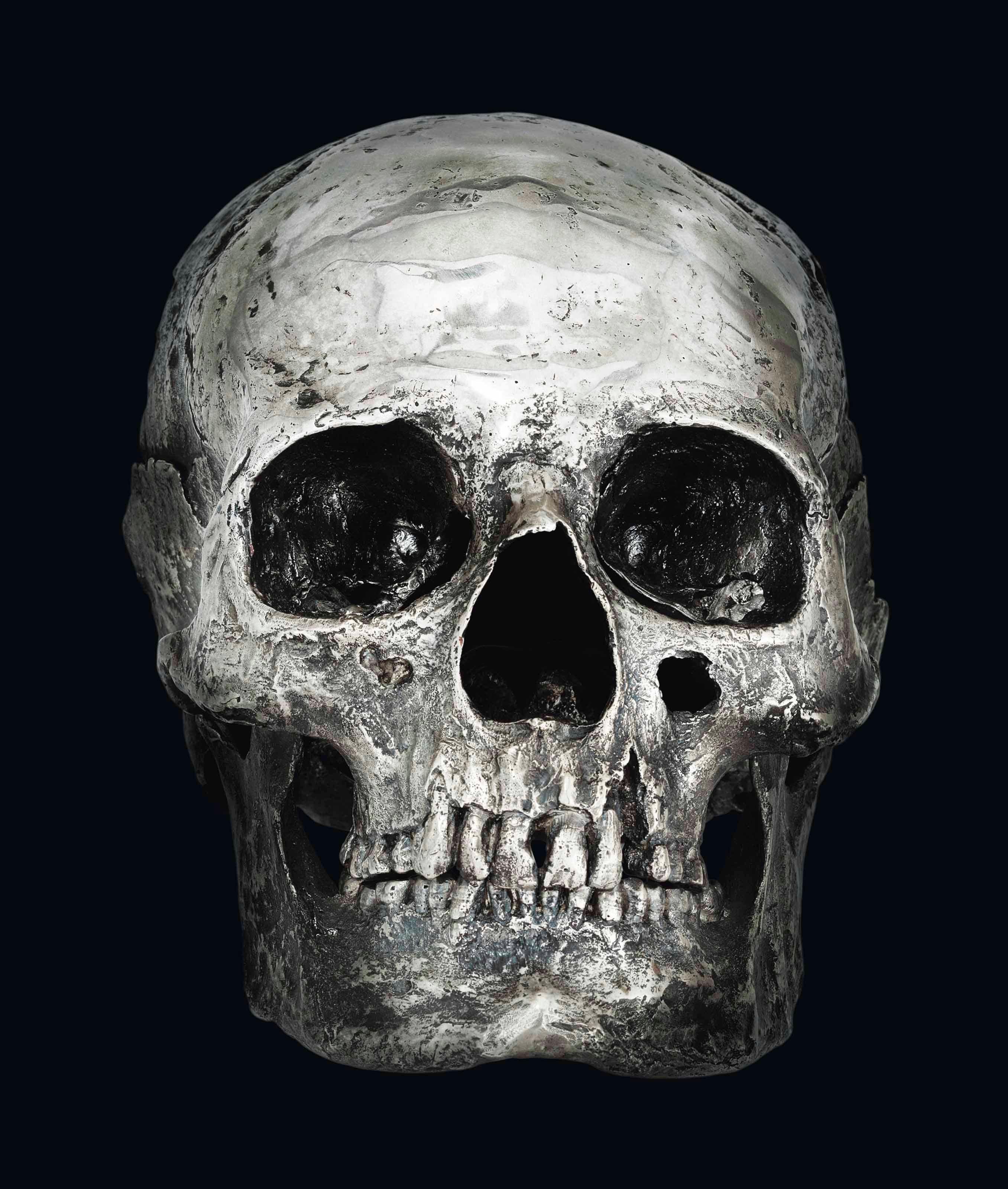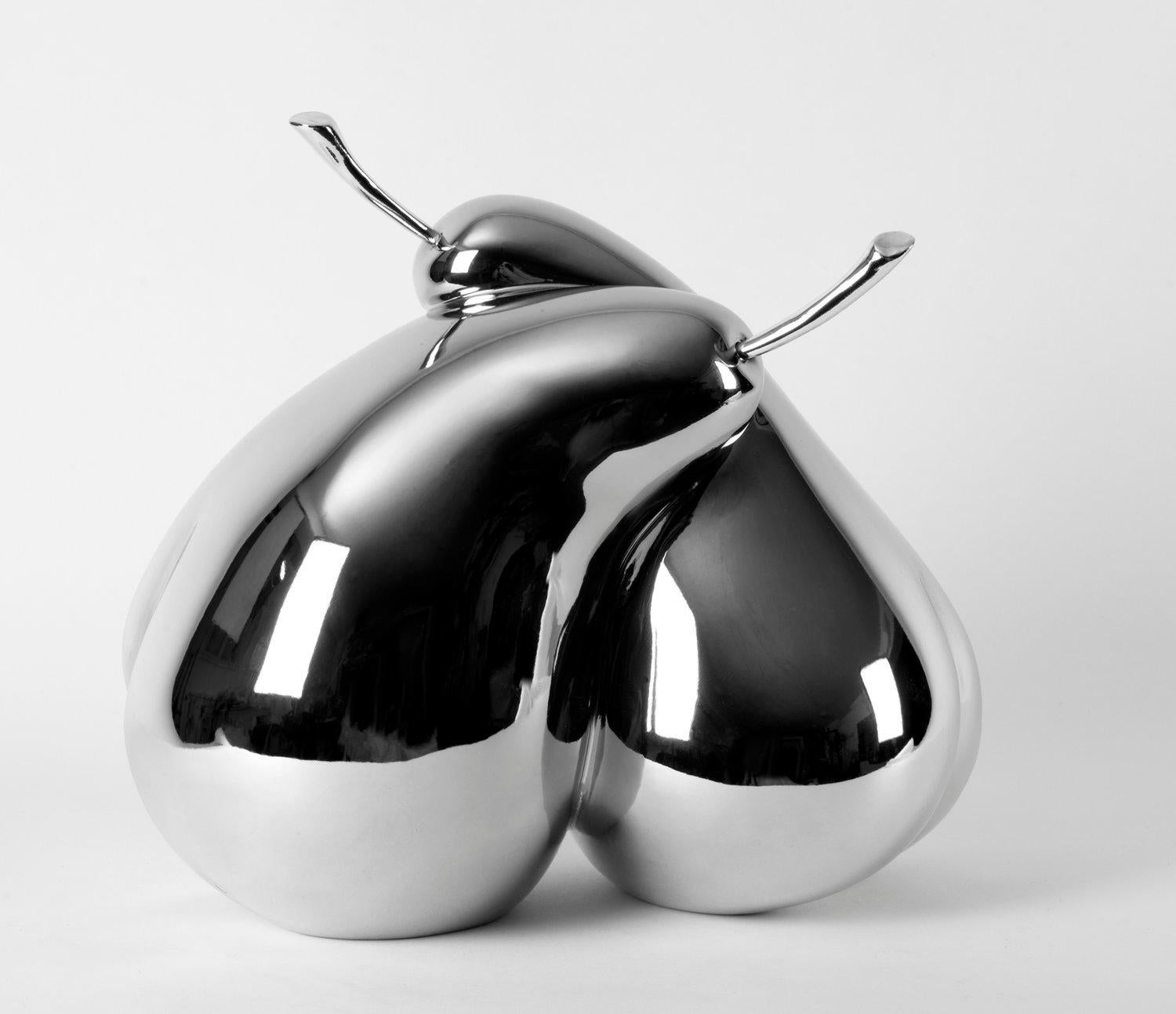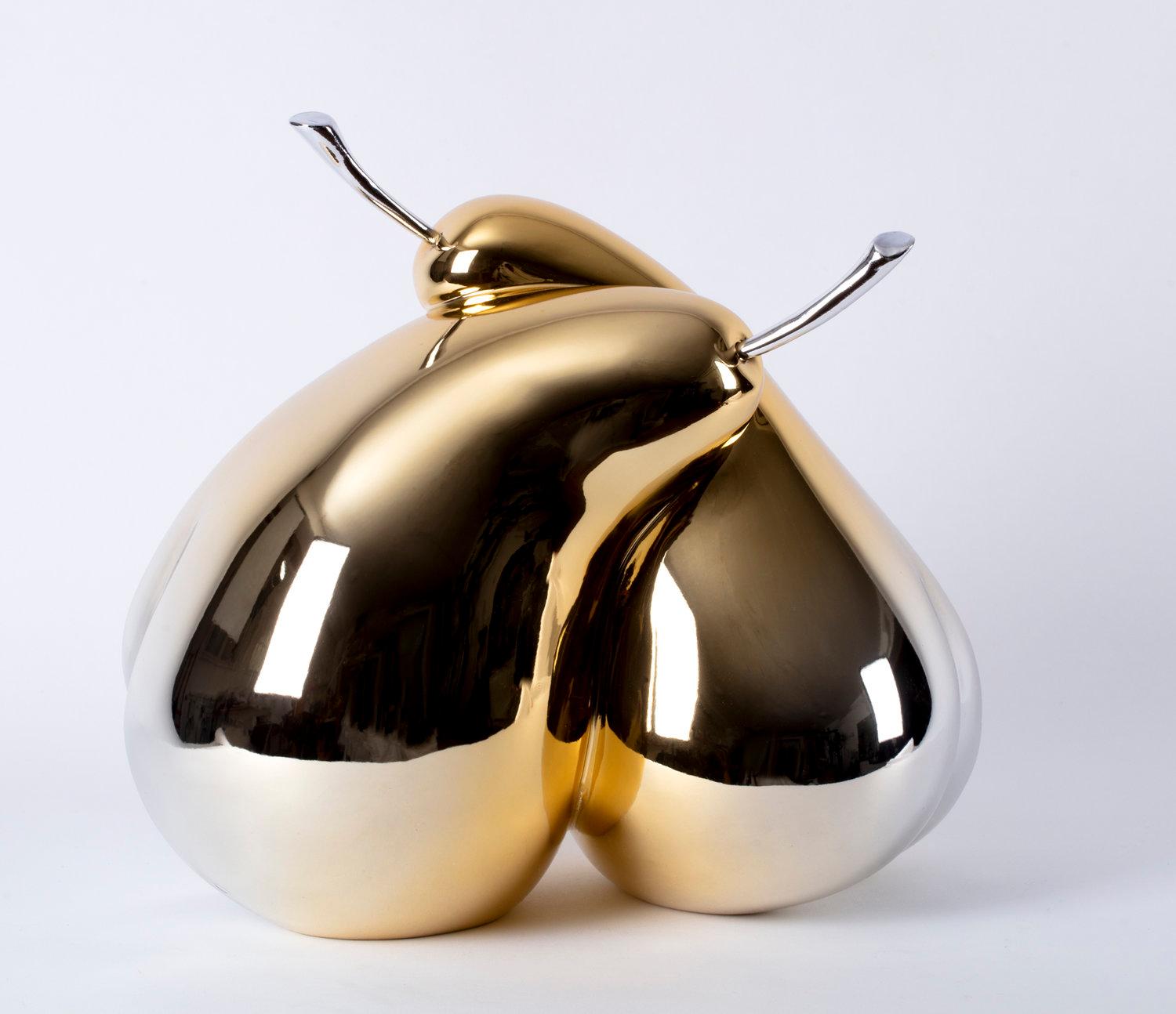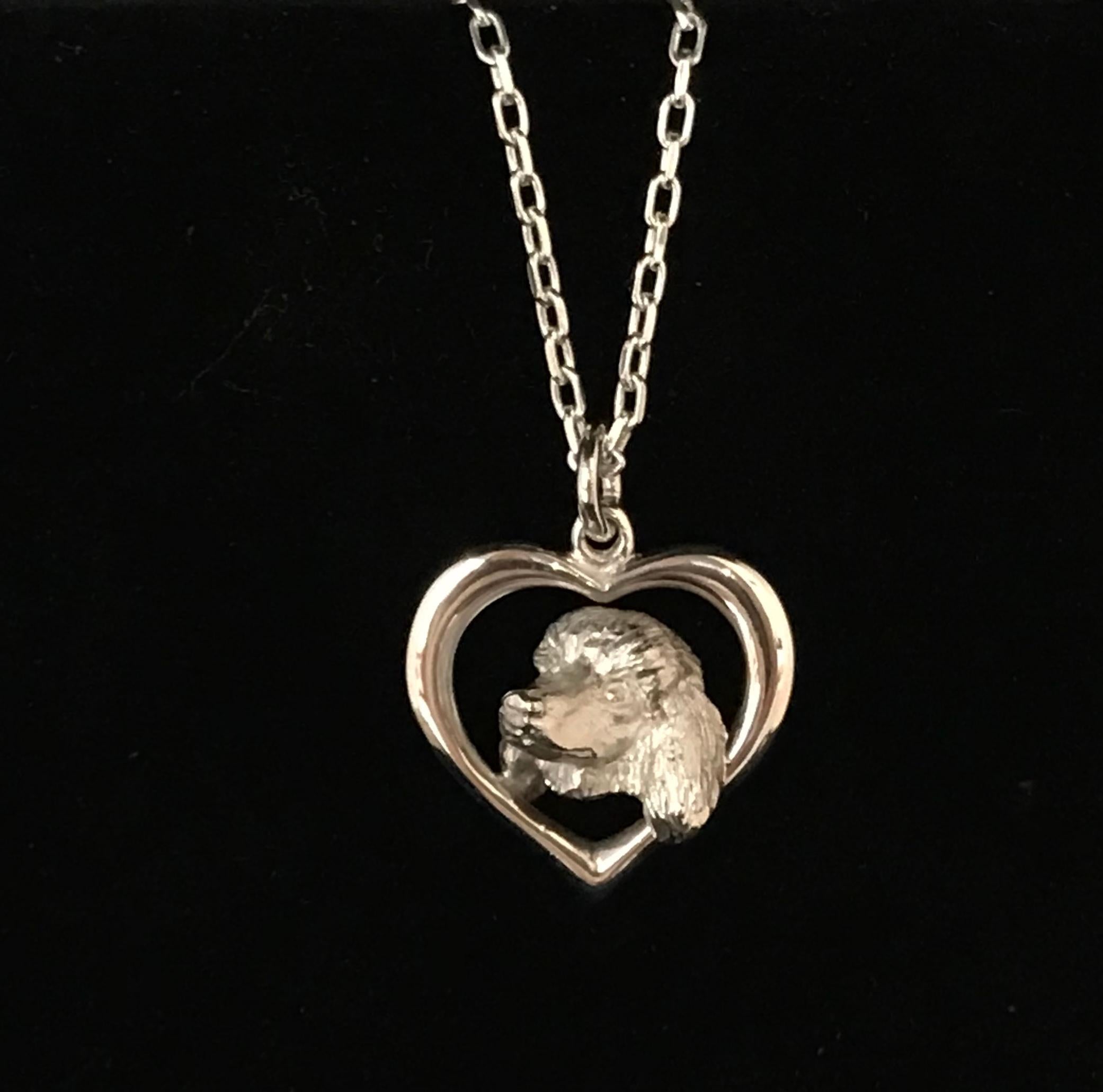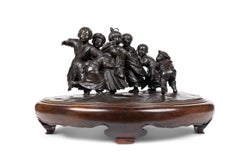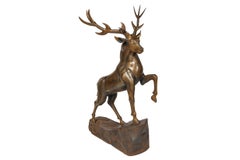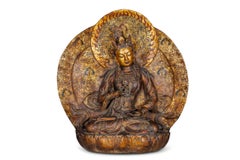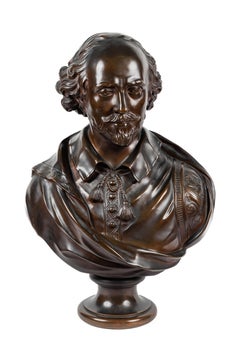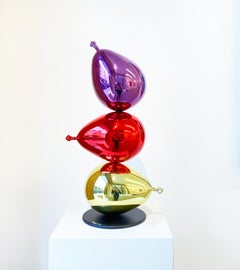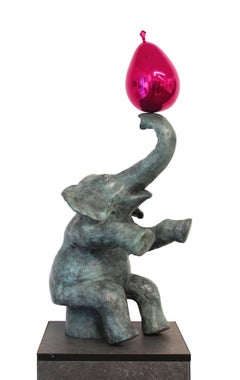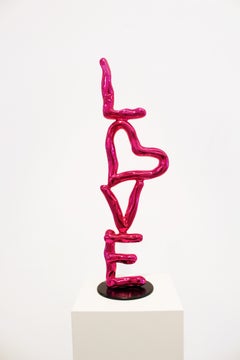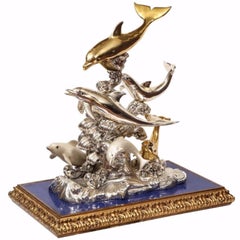
Monumental Italian 925 Silver & Lapis "Dolphin Nautical" Centerpiece, Sculpture
View Similar Items
Want more images or videos?
Request additional images or videos from the seller
1 of 21
L. SopraniMonumental Italian 925 Silver & Lapis "Dolphin Nautical" Centerpiece, Sculpture20th Century
20th Century
Price:$59,800
About the Item
- Creator:L. Soprani
- Creation Year:20th Century
- Dimensions:Height: 37 in (93.98 cm)Width: 37 in (93.98 cm)Depth: 23 in (58.42 cm)
- Medium:
- Period:
- Condition:
- Gallery Location:Queens, NY
- Reference Number:1stDibs: LU115124948621
About the Seller
5.0
Gold Seller
Premium sellers maintaining a 4.3+ rating and 24-hour response times
Established in 1980
1stDibs seller since 2019
14 sales on 1stDibs
Typical response time: 6 hours
Authenticity Guarantee
In the unlikely event there’s an issue with an item’s authenticity, contact us within 1 year for a full refund. DetailsMoney-Back Guarantee
If your item is not as described, is damaged in transit, or does not arrive, contact us within 7 days for a full refund. Details24-Hour Cancellation
You have a 24-hour grace period in which to reconsider your purchase, with no questions asked.Vetted Professional Sellers
Our world-class sellers must adhere to strict standards for service and quality, maintaining the integrity of our listings.Price-Match Guarantee
If you find that a seller listed the same item for a lower price elsewhere, we’ll match it.Trusted Global Delivery
Our best-in-class carrier network provides specialized shipping options worldwide, including custom delivery.More From This Seller
View AllA Large and Exceptional Japanese Meiji Period Tokyo School Bronze Sculpture
Located in Queens, NY
Presenting an extraordinary Large and Exceptional Japanese Meiji Period Tokyo School Bronze Sculpture depicting a delightful ensemble of six energe...
Category
19th Century Figurative Sculptures
Materials
Bronze
$37,050 Sale Price
35% Off
An Exceptional Life-Size Middle Eastern Gold-Inlaid Steel Deer Sculpture
Located in Queens, NY
An Exceptional Life-Size Middle Eastern Gold-Inlaid Steel Deer Sculpture
This extraordinary life-size Middle Eastern deer sculpture exemplifies the pinnacle of artistic craftsmanshi...
Category
20th Century Figurative Sculptures
Materials
Steel
A Monumental Gilt-Lacquered Bronze Ornamental Sculpture of Vajravidarana
Located in Queens, NY
A Monumental Gilt-Lacquered Bronze Ornamental Buddha Sculpture of Vajravidarana:
A Masterpiece of Sino-Tibetan Craftsmanship, Late 19th Century, Qing Dynasty
This monumental gilt-lacquered bronze ornamental sculpture of Vajravidarana is an extraordinary and commanding piece of art, showcasing the pinnacle of Sino-Tibetan craftsmanship from the late 19th century. The figure of Vajravidarana, a powerful purification deity in Tibetan Buddhism, is meticulously sculpted to embody both spiritual authority and artistic excellence.
Vajravidarana is primarily known for his role in removing spiritual impurities and negativities. Unlike other deities associated with wisdom or compassion, Vajravidarana’s function is centered on purification and healing. He is typically depicted holding a vajra and a bell, symbolizing the cutting away of delusions and the resonance of divine truth. In this striking sculpture, Vajravidarana is shown holding a vishva vajra (the double vajra), a unique and powerful variation of the traditional iconography, which signifies ultimate protection and the dispelling of negative karma.
Vajravidarana: The Supreme Purifier and Protector
Vajravidarana is revered in Tibetan Buddhism as the deity of spiritual purification, called upon to cleanse practitioners of defilements and negative influences. His vajra represents the indestructibility of truth, while his bell signifies the wisdom that resonates through purification rituals. In this sculpture, the presence of the vishva vajra, or double vajra, enhances his association with supreme protection, ensuring the destruction of all spiritual obstacles and afflictions.
The figure’s powerful yet composed expression conveys a sense of unwavering resolve and divine authority. His posture, along with the carefully sculpted details of his robes and ornaments, highlights his function as a guardian against impurity. The inclusion of the vishva vajra rather than the usual single vajra reinforces his role as a supreme protector, capable of dispelling all forms of negativity and restoring balance.
Symbolism of the Mantras and Aureole:
Unlike deities that embody wisdom through duality, Vajravidarana’s iconography is centered on purification and exorcism. The aureole surrounding him is inscribed with sacred purification mantras rather than depictions of a consort. These mantras emphasize his function as a remover of obstacles and impurities, reinforcing his role in Buddhist healing rituals.
The presence of the sacred inscriptions elevates the sculpture’s spiritual significance, making it a focal point for meditation and ritual purification. Practitioners often visualize Vajravidarana radiating purifying light, dissolving afflictions and negative karma. This theme is mirrored in the sculptural repetition of the purification symbols on the aureole, reinforcing the deity’s role as a divine cleanser.
Gilt-Lacquered Bronze: The Artistry of Sino-Tibetan Metalwork:
The craftsmanship of this monumental figure reflects the expertise of late 19th-century Sino-Tibetan metalwork, where traditional Tibetan themes were infused with Chinese artistic sensibilities. Cast in bronze and finished with a rich gilt lacquer, the statue has an otherworldly glow, giving it an ethereal, almost divine presence. The gilding process—applied with exceptional skill—gives the sculpture a striking luminosity that enhances the fine details of the facial features, flowing robes, jewelry, and other elements of the deity’s attire.
The technique employed to create this figure speaks to the high level of craftsmanship that flourished during the late Qing Dynasty and early modern Tibetan art. The ornate details of the robes and the fine texture of the sculpture highlight the exceptional skill of the artisans who brought this work to life. The use of gold and lacquer not only reflects the preciousness of the sculpture but also its spiritual significance as an object meant to inspire reverence and meditation.
An Ornamental Sculpture of Monumental Scale:
Unlike smaller devotional objects, this sculpture is designed as an ornamental masterpiece, intended to make a grand visual and spiritual statement. Its monumental size allows it to dominate any space, offering a commanding presence that is both physically and symbolically impressive. In Buddhist practice, large sculptures of this nature are often placed in temples or meditation halls, where their imposing size and serene presence would encourage contemplation and devotion.
The grand scale of the statue further amplifies the spiritual power it is meant to convey. As a representation of Vajravidarana, it is not only a physical object of beauty but also a conduit for meditation, purification, and enlightenment. The scale of the sculpture also emphasizes the divine stature of the deity, highlighting his importance in the Buddhist tradition as the ultimate force for spiritual cleansing and protection.
Provenance:
Acquired in China in circa 1900
1905 Private Buddhist Temple, Northeast, USA
Private Sale
Solomon Treasure...
Category
19th Century Figurative Sculptures
Materials
Bronze
A Monumental French Patinated Bronze Bust of William Shakespeare, after Houdon
By F. Barbedienne Foundry
Located in Queens, NY
A Monumental French Patinated Bronze Bust of William Shakespeare, after Houdon, by F. Barbedienne Foundry, circa 1870.
Masterfully and realistically sculpted in solid bronze, this b...
Category
19th Century Figurative Sculptures
Materials
Bronze
Emile-Edmond Peynot "Albaya' El Tunsi" The Tunisian Merchant Bronze, 1883
Located in Queens, NY
Émile-Edmond Peynot, (French, 1850 -1932)
An exceptional, exquisite and rare orientalist bronze sculpture titled Albaya' El Tunsi / The Tunisian Merchant / The Arab rifleman.
Dep...
Category
19th Century Figurative Sculptures
Materials
Bronze
A Monumental, Richly Patinated Bronze Bust of Beethoven by G. Leroux
By Gaston Leroux
Located in Queens, NY
A Monumental, Richly Patinated Bronze Bust of Beethoven by Gaston Veuvenot Leroux (1854-1942) & Eugène Blot, Fondeur
This magnificent sculpture powerfully captures the iconic compos...
Category
19th Century Figurative Sculptures
Materials
Bronze
You May Also Like
Ballons de Foire
Located in PARIS, FR
Philippe Berry's Ballons de foire in bronze and silver portrays the playful lightness of balloons, captured in a dynamic, almost weightless form. The combination of bronze & silver a...
Category
21st Century and Contemporary Pop Art Figurative Sculptures
Materials
Silver, Bronze
Eléphant et son ballon rose
Located in PARIS, FR
Elephant and Pink Balloon" by Philippe Berry is a contemporary work that blends humour and poetry through the depiction of an elephant carrying a pink balloon. The artist, known for ...
Category
21st Century and Contemporary Pop Art Figurative Sculptures
Materials
Silver, Bronze
LOVE
Located in PARIS, FR
"Love" by Philippe Berry is a striking sculpture crafted in bronze and silver. The piece blends the warmth of bronze with the brilliance of silver, symbolizing the depth and harmony ...
Category
21st Century and Contemporary Pop Art Figurative Sculptures
Materials
Silver, Bronze
$14,054
Ballons de Cirque
Located in PARIS, FR
"Ballons de Cirque" by Philippe Berry is a sculpture, made of three full cast bronze balloons with a silver-coated projection. This piece captures the e...
Category
21st Century and Contemporary Pop Art Figurative Sculptures
Materials
Silver, Bronze
Dog scratching its ear
Located in PARIS, FR
This amusing naturalistic sculpture in silver-plated pewter was probably made in the 17th century by Georg Schweigger. Inspired by a model created by another Nuremberg sculptor, Peter Flötner, it bears witness to the persistence during the baroque era of the naturalistic taste that emerged in the Renaissance. Intended as an ornament for some Kunstkammer, or cabinet of curiosities, this sculpture was a great success, as can be seen from the presence of similar works in many European museums.
1. Georg Schweigger
Georg Schweigger was a baroque sculptor and medal founder from Nuremberg, known mainly for his small-scale works in stone, carved wood and cast metal. His only large-scale work, the Neptune Fountain, has been in the Petershof Palace, the summer residence of the Tsars near St. Petersburg, since 1797. This monumental sculpture demonstrates his taste for the representation of movement, which we find in this small piece, inspired, as we shall see, by earlier models.
2. The success of a naturalistic theme
As is often the case in the history of art, the source of the Dog scratching his ear theme probably comes from an engraving, and more precisely from one made in Strasbourg in 1480 or in Aschaffenburg in 1481 by the Master of the Housebook, an anonymous engraver working in southern Germany at the end of the 15th century.
This engraving seems to have been Peter Flötner’s (1490 - 1546) source of inspiration. Peter Flötner was a sculptor and engraver who settled in Nuremberg in 1522. The Louvre Museum also has a gilded lead statuette dated between 1500 and 1515 (on deposit at the Musée de L'Œuvre in Strasbourg), which in turn is thought to have served as a model for other known statuettes.
This model was later taken up by the Frenchman Barthélemy Prieur...
Category
17th Century Naturalistic Figurative Sculptures
Materials
Marble, Silver
$6,318
The De-Memorialized
By Esperanza Cortes
Located in New Orleans, LA
Medium: clay sculpture, glass beads, metal beads, chains, crystal, silver leaf, metal
Esperanza Cortés is a Colombian born multidisciplinary artist based in New York City. Cortés ha...
Category
21st Century and Contemporary Contemporary Figurative Sculptures
Materials
Metal, Silver
